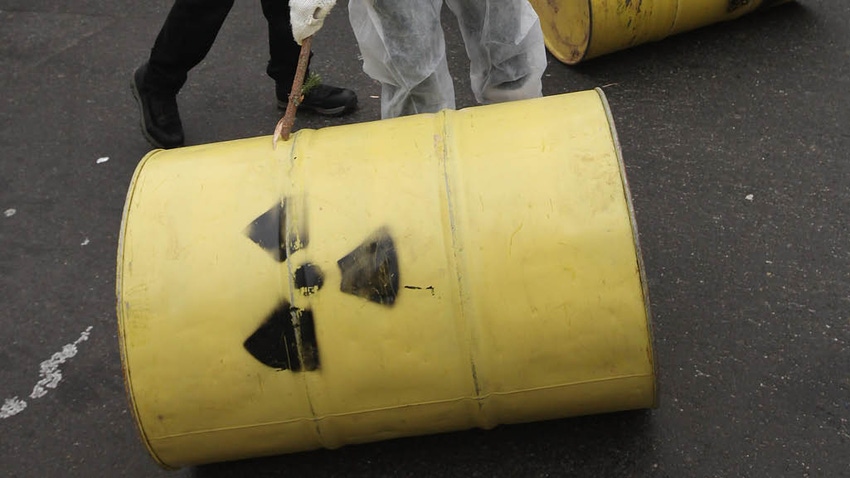
Reports from the U.S Environmental Protection Agency and the United Church of Christ in Ohio show that minority neighborhoods are disproportionately situated near environmentally hazardous sites, such as former waste dumps or other areas of significant pollution.
Marion Motley Playfields, a park on the East Side of Cleveland was transformed from a brick and tile plant in the 1960s, but severe pollution remained in the stream, and arsenic and lead were found in the ground just last year.
WOSU has more information:
The Cleveland park illustrates a much broader problem. There are properties all over the country that were once landfills, dumps or uncontrolled toxic waste sites. In Chicago, for example, there was a "toxic doughnut" of landfills and industrial facilities; it’s finally getting cleaned up, but legacy pollution remains.
In East Chicago, Ind., it’s the USS Lead site, one of the most contaminated in the country.
These sites tend to be located in minority communities, according to reports commissioned by the United Church of Christ.
“Racism trumps income and class when it comes to many of these environmentally facilities that historically have gone through the path of least resistance,” said Texas Southern University professor Dr. Robert Bullard, co-author of one of those reports.
About the Author(s)
You May Also Like


